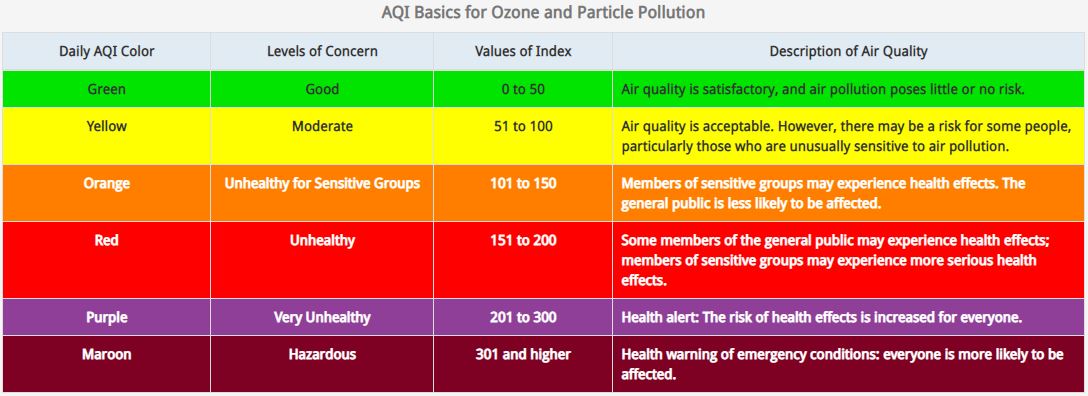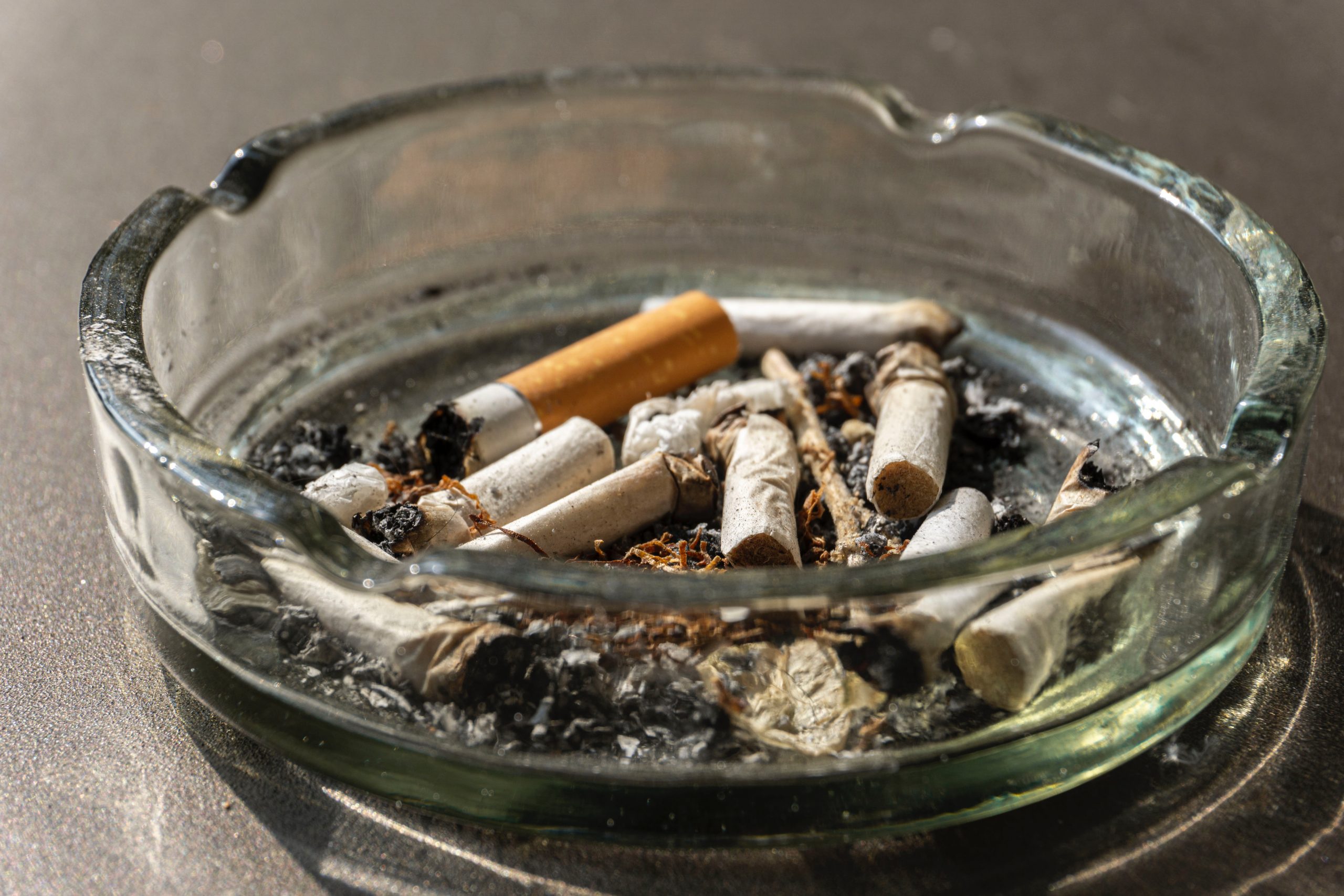Fire and Smoke Recovery
Fire and Smoke Recovery
Wildfires have been very destructive in the western half of the US in the late 2010's and early 2020’s. As for the future, a 2022 report by the UN Environment Programme (UNEP) and GRID-Arendal projects an increase in extreme fires by 14% by 2030, 30% by the end of 2050, and 50% by 2100, due to climate change and land-use change. (breezometer.com)
Fire disasters, like natural disasters, do not just destroy what the fire touches. They can disrupt major infrastructures like highways and railways, power and water, and most important, air quality. Because fires may smolder for some time, try to prepare to deal with the effects for weeks.
If you live in an area prone to wildfires or prevailing winds that may carry smoke, here are some ways to prepare:
- Seal doors and windows with weatherstripping, caulk and door sweeps.
- Find out how to adjust your HVAC system accordingly: you’ll want to close the fresh air intake and change over to recirculation, no matter whether you have central AC, a window air conditioner or portable air conditioner.
- Purchase extra MERV 13 or higher filters for your HVAC system, to be used on poor air quality days.
- If you live in an apartment building or condo with little control over the HVAC, consider purchasing vent filter material so you can place them in the vents into your space. Carbon vent filter material will neutralize many VOCs as well.
- Purchase a HEPA air cleaner (non-ozone producing type) and be sure to have an extra filter or two on hand.
- Keep a number of N95 respirator masks on hand.
- Keep canned food and bottled water on hand.
- Stock up on essentials for cleaning smoke odor: baking soda, white vinegar, rags, TotalClean
During:
- Try not to cook during a wildfire emergency, because cooking indoors increases small particulates and vapors in the air, and you won’t want to turn on your stove exhaust, as that will draw polluted outdoor air into the house. Try to use just the canned food you have on hand.
- Monitor the filters in your HVAC system and air purifiers and change them when you start to notice a color change on the front of the filter, or when the output air starts to smell like smoke.
- Check your local air quality and receive updates from airnow.gov . Fire and smoke maps are available under the heading fire.airnow.gov. You can also register for a free 14-day trial of Breezometer’s Air Quality app. Below is a diagram to understand air quality index values (airnow.gov).
- Use N95 respirators to evacuate to a safer place if necessary.
Source: airnow.gov
After:
- Don’t open windows and doors until the air quality index is less than 100. When that happens, you can open windows fully to get more fresh air ventilation.
- Set up fans near doors and windows to “push” smoke odor and soot outside.
To remove smoke odor that infiltrated from outside, or if you had a fire in your home:
- Run air purifier(s) continuously with charcoal filters.
- Sprinkle baking soda over carpets and rugs and leave it overnight. Then using a vacuum with HEPA filter, vacuum out the carpets.
- Remove drapes, towels, and any hanging fabric exposed to smoke, and either launder it in your washing machine or send it for professional cleaning. When washing it yourself, you can add a cup of distilled white vinegar to your regular laundry detergent to remove smoke. Don’t machine dry the item until the odor has been removed; it may need an additional washing cycle.
- Wipe down all hard surfaces, including walls, ceilings, floors and windows with TotalClean or a 1:1 mixture of warm water and white vinegar (TotalClean is more gentle than vinegar and can be used on stone, wood, etc.) Dispose of rags or wash them out with mild detergent and water as you go.
To clean fabric-upholstered items:
- Try to remove any cushion covers that are washable.
- Clean bare foam cushions by using “air replacement”: Place the cushion into a large vacuum-seal bag and sprinkle baking soda over it. Seal the bag and use your HEPA vacuum to remove the air from inside the cushion. Let the air back into the bag to re-inflate the cushion. Repeat several times if necessary.
- Sprinkle baking soda over the piece and let it set overnight before vacuuming it off.
- You can also move the piece outside to air it out in the sun.
- It’s difficult to remove smoke that’s settled into furniture, however, if it does not dissipate following using an ozone generator, you can contact a restoration company for their services if it’s a valuable piece to you.
Try an Ozone Generator to remove smoke odors:
- Ozone generators should only be used once all surfaces that can be cleaned are thoroughly cleaned (walls, floors and ceilings too!).
- Ozone is not as effective in areas of high humidity, so running the air conditioner or a dehumidifier in the space to get the humidity down (60% or less) is advisable. Central air conditioning and any exhaust fans must be shut down when using the ozone generator, though, because you’ll want the ozone to stay in the space.
- Use fan(s) within the space to circulate the ozone.
- Ozone generators cannot be used in the presence of people, pets or plants, but once these are removed, they can be quite effective in removing smoke. Follow all instructions to seal up the space and allow it to work for the full time advised before ventilating. Contact HypoAir regarding rental of our ozone generators, or local restoration companies may rent ozone generators.
For large areas with open walls and ceilings such as basements, garages or gutted homes, consider having them soda blasted by professionals to remove soot and smoke odor from the structure in hard-to-reach places. Baking soda’s legendary cleaning and odor-absorption qualities can produce amazing results when combined with commercial equipment and a skilled contractor.
Don’t:
- Spray deodorizers or fresheners to “cover up” the smell of smoke, because they do nothing to remove the contaminants, and many have toxic ingredients in them.
- Attempt to live in spaces with heavy smoke damage until they are cleaned. “Third-hand smoke” is the term used for the way carbon and chemicals in the smoke react to the materials in your home, and it can make you very ill.
- Neglect flood remediation if the smoke damage was part of a fire in your home and fire response crews extinguished it using water. Building materials must be removed or dried thoroughly within 48 hours in order to prevent mold growth.
Photo by Daniel Tausis on Unsplash



